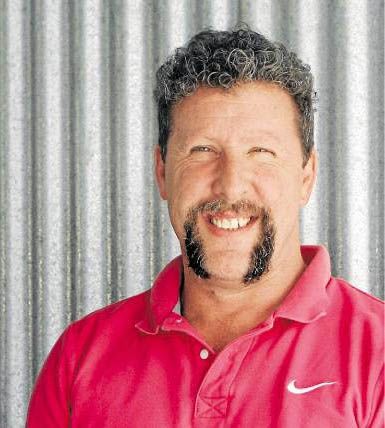Kia ora: compelling Kiwi stories
Telling authentic Indigenous stories from our sites with care is an important challenge. Dave Key reflects on two weeks he spent exploring how historic sites and cultural institutions ‘across the ditch’ tell local stories, of both Māori and pakeha.
A complete narrative
New Zealand is treating me to true manaakitanga (hospitality) as I wander freely through 19th-century buildings in the Bay of Islands and Auckland. At first I wonder where the Māori stories are to be found in these pakeha (European) buildings, but it’s not long before I encounter them. On the steps of the Stone Store in Kerikeri in Northland, part of the Anglican mission founded in 1819 by Reverend Samuel Marsden, property manager Liz Bigwood reads the landscape for me, pointing out the strategic position of the pā (fortified site) across the river at Kororipo, where Hongi Hika, the rangatira (chief) of the local Ngāpuhi iwi (tribe), was able to watch trade ships and waka (canoes) passing between the heads and watch over ‘his’ mission.
Scott Ellife, manager of Pompallier Mission Printery in nearby Russell, shares the same passion for the complete narrative. Here, over 40,000 copies of religious teachings and gospels were translated and printed in Māori for missions and churches all over New Zealand. The site is named for French bishop Jean-Baptiste Pompallier, one of the European witnesses to the signing of the Treaty of Waitangi by more than 40 Māori chiefs and the British Crown in 1840. Ellife also tells the story of Ngāpuhi rangatira Hōne Heke, who quickly realised that the chiefly authority he believed the treaty was supposed to protect was being undermined by the Crown, and made numerous requests to successive governors that Māori mana (sovereignty/authority) be restored. In protest, he repeatedly cut down the flagstaff at Russell. The various interpretations of the treaty remain contentious to this day.
Directly across the bay from Russell are the Waitangi Treaty Grounds themselves. The birthplace of New Zealand is explored through exhibitions containing taonga (cultural treasures). Visitors can wander through the grounds and into the house of British representative James Busby, before receiving a cultural welcome in front of a replica wharenui (communal ceremonial house). Tour guides point out the significance of the wharenui facing the site of the treaty signing rather than east to meet the morning sun as is customary.
Listening to mana whenua
Manaakitanga is also alive and well in Wellington, at the impressive Museum of New Zealand Te Papa Tongarewa, which contains over 30,000 taonga. Te Papa places utmost importance on the role of iwi in telling the stories of taonga, inviting community groups to curate exhibitions. Learning directly from mana whenua (local Māori authority), visitor experience staff then share their knowledge with colleagues so that all staff have a command of Māori culture and language. This immediate access also gives staff much to draw on when delivering tours – and they didn’t disappoint, telling stories and illuminating the exhibitions with confidence and integrity. Here as elsewhere, I found staff meeting the challenge of telling Māori stories with relevance and authenticity and bringing together a strong New Zealand narrative.
Dave’s trip to New Zealand was funded by the Ruth Pope Bequest Travelling Scholarship, awarded annually to enable SLM staff members to undertake international study tours to build their knowledge and expertise.
Published on
Related
Browse all
First Nations
Seeing Sydney, Knowing Country: The Library of the Dreaming
Dharawal and Yuin designer Alison Page shares the knowledge and philosophies that define Aboriginal understandings of Country and the life that is lived on it

First Nations
Do touch
We all know we can’t touch collection objects or artworks displayed in museums. However, the new display Cast in cast out by First Nations artist Dennis Golding at the Museum of Sydney includes a ‘do touch’ element

First Nations
Coomaditchie: The Art of Place
The works of the Coomaditchie artists speak of life in and around the settlement of Coomaditchie, its history, ecology and local Dreaming stories

First Nations
Coomaditchie: Of place
These works record the extraordinary arc the artists of Coomaditchie have travelled over more than three decades
